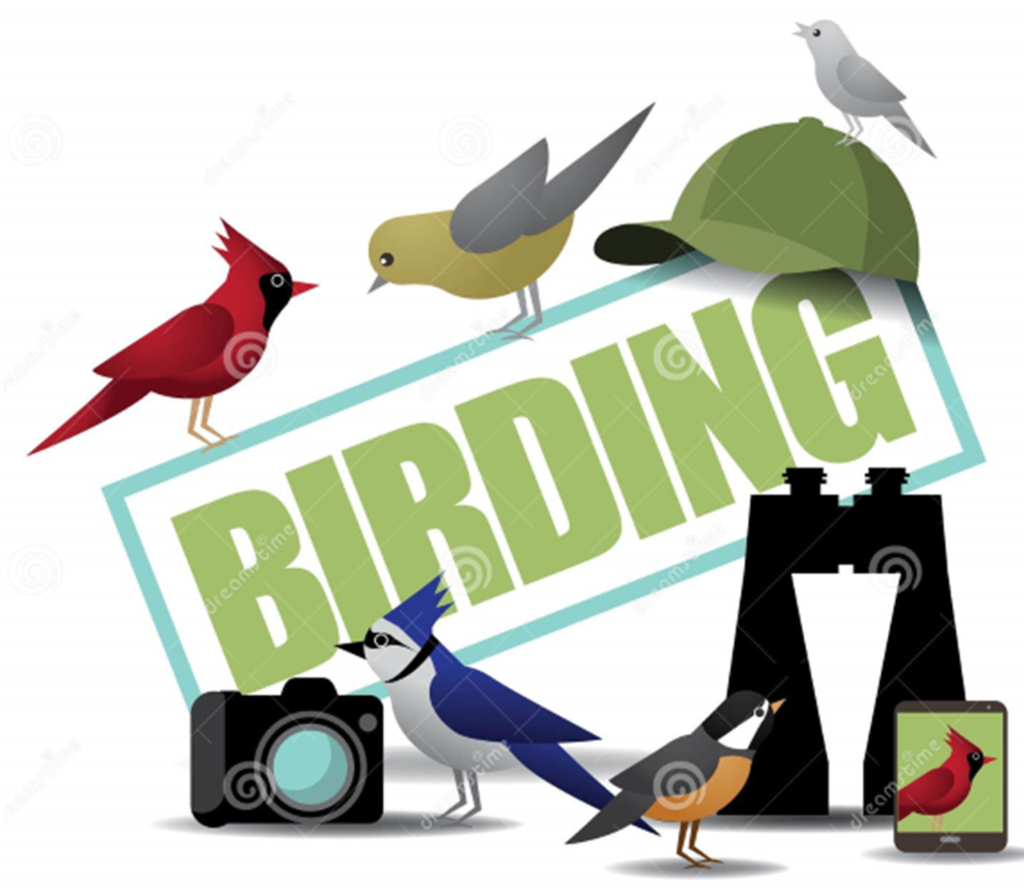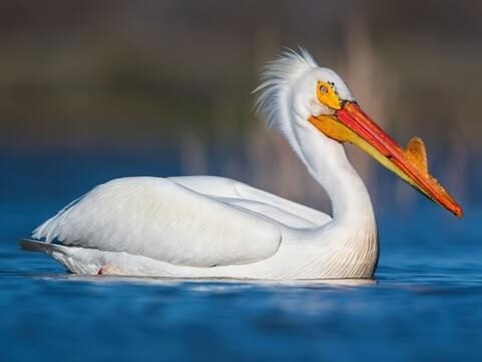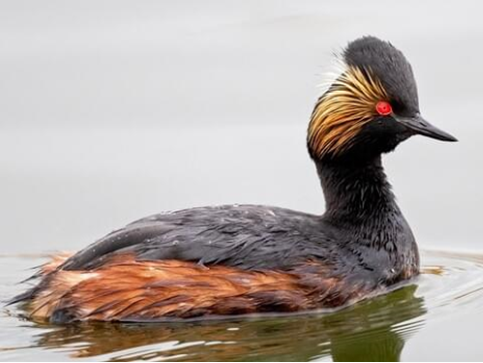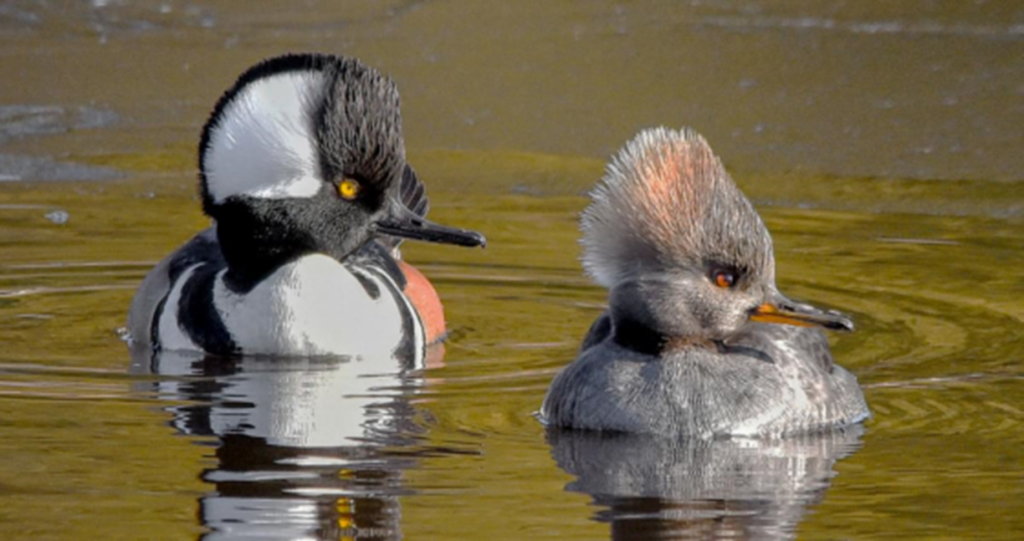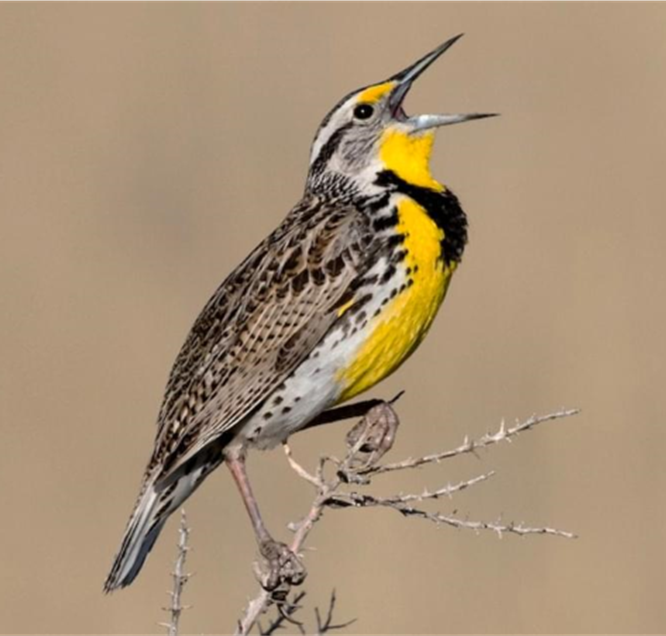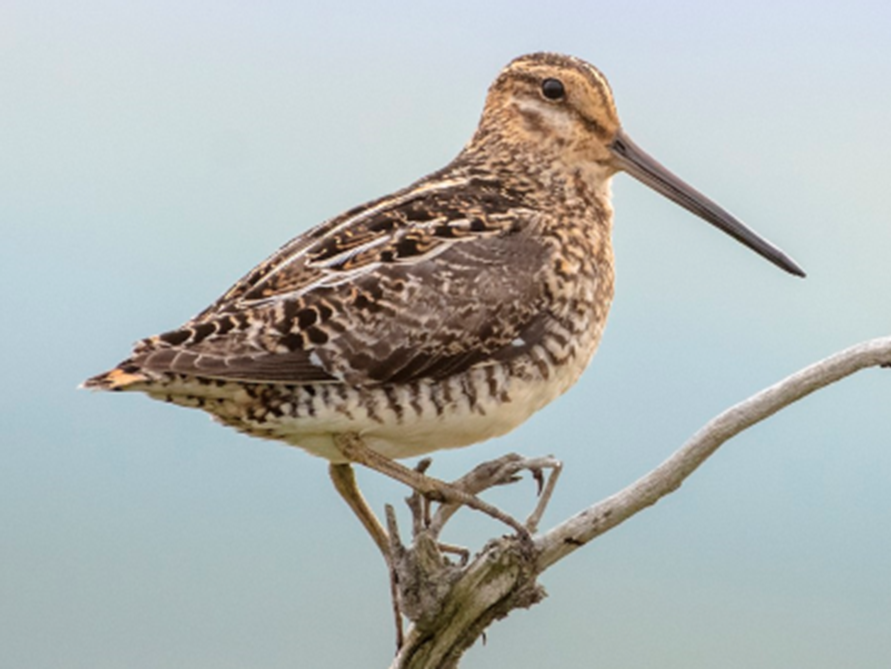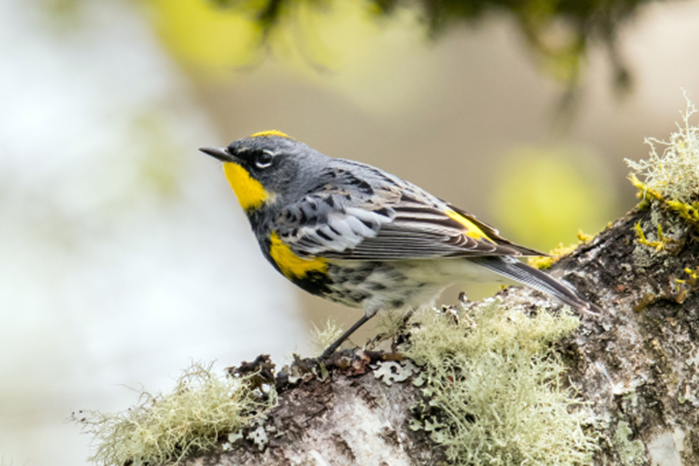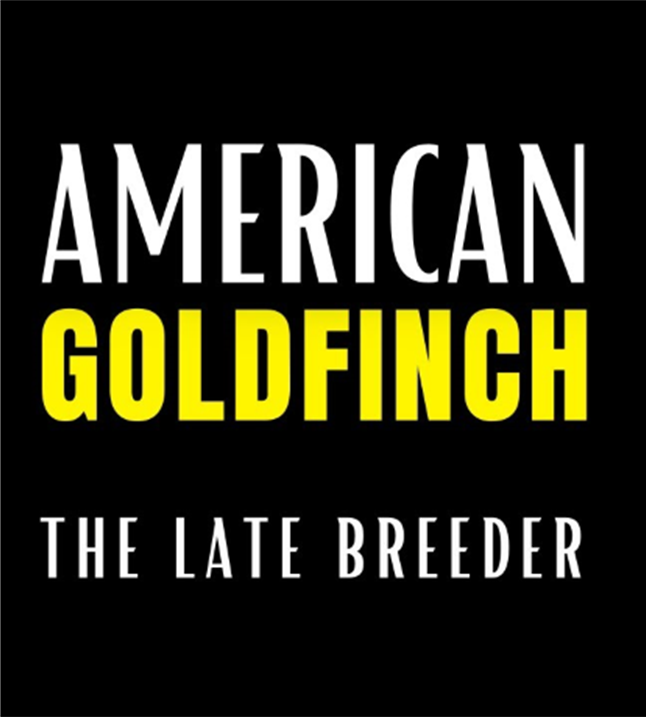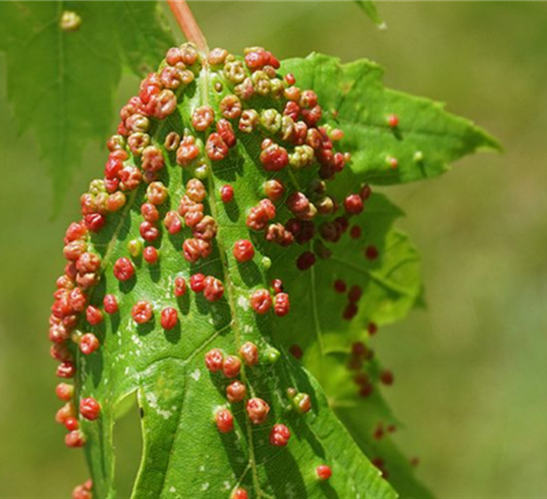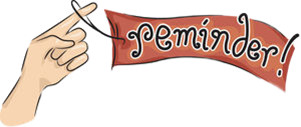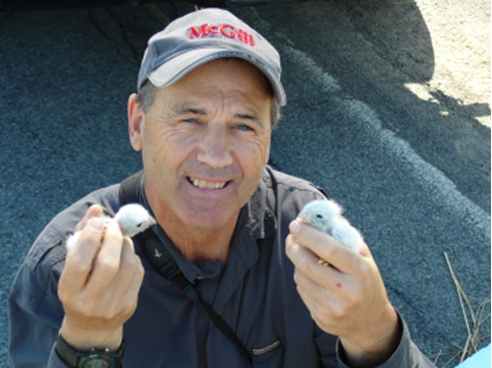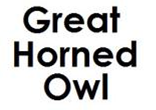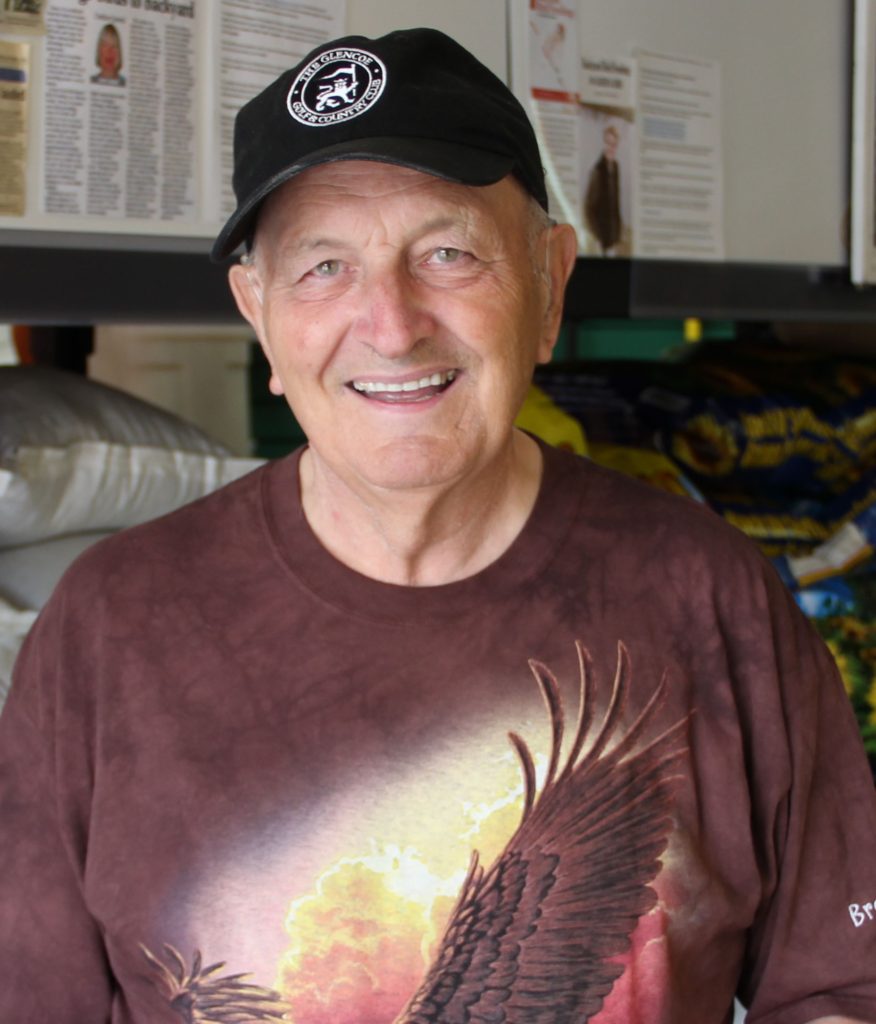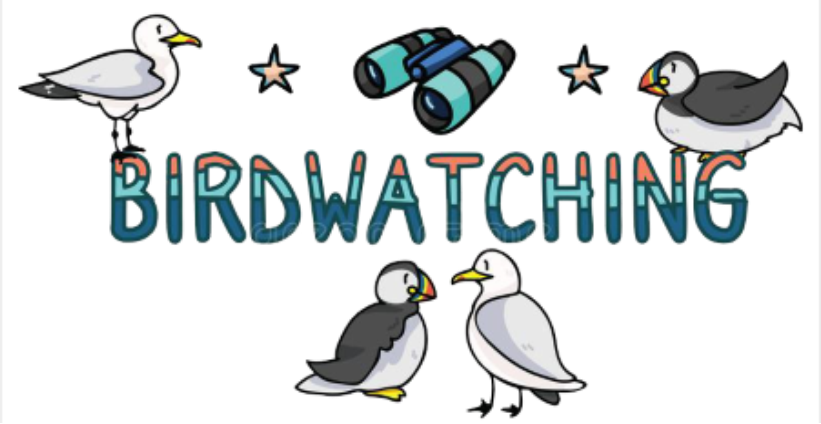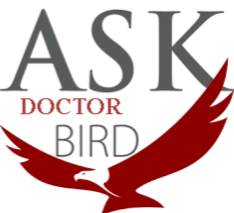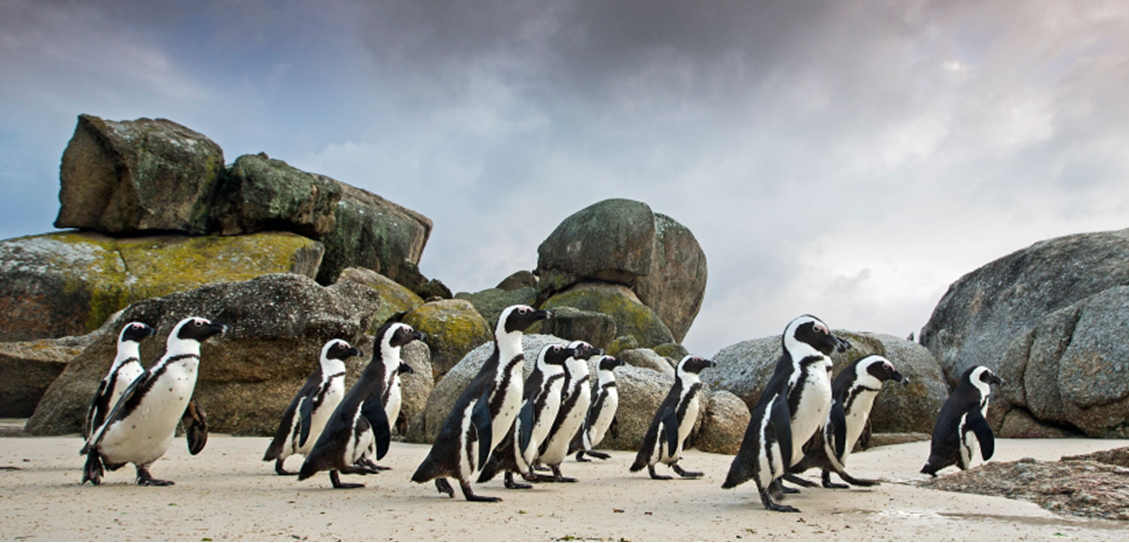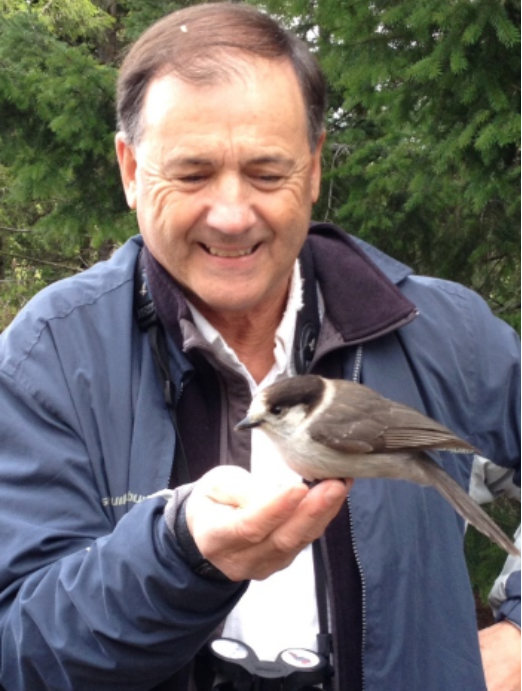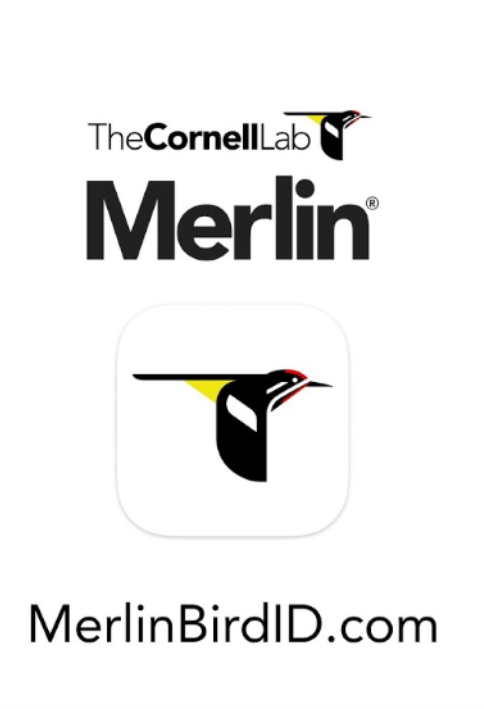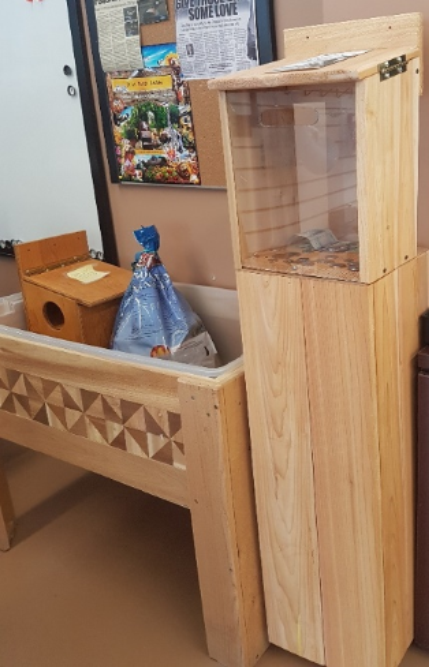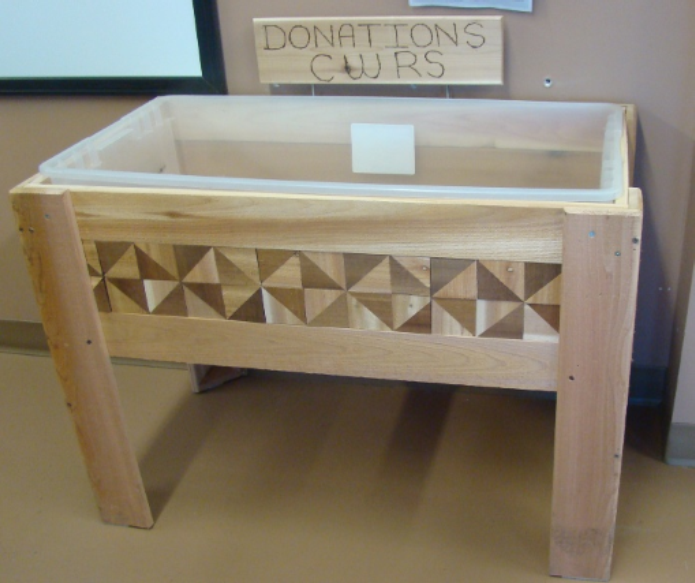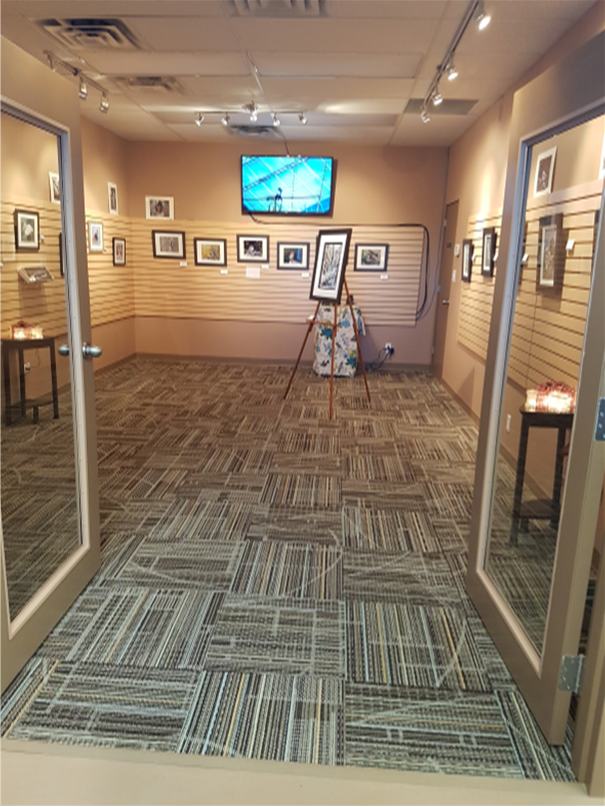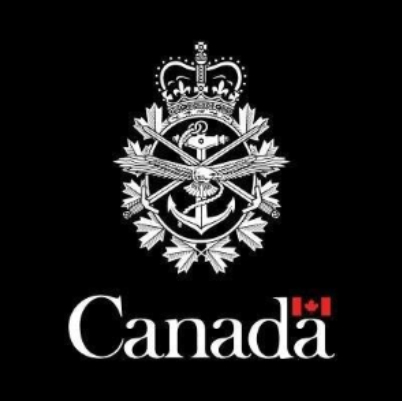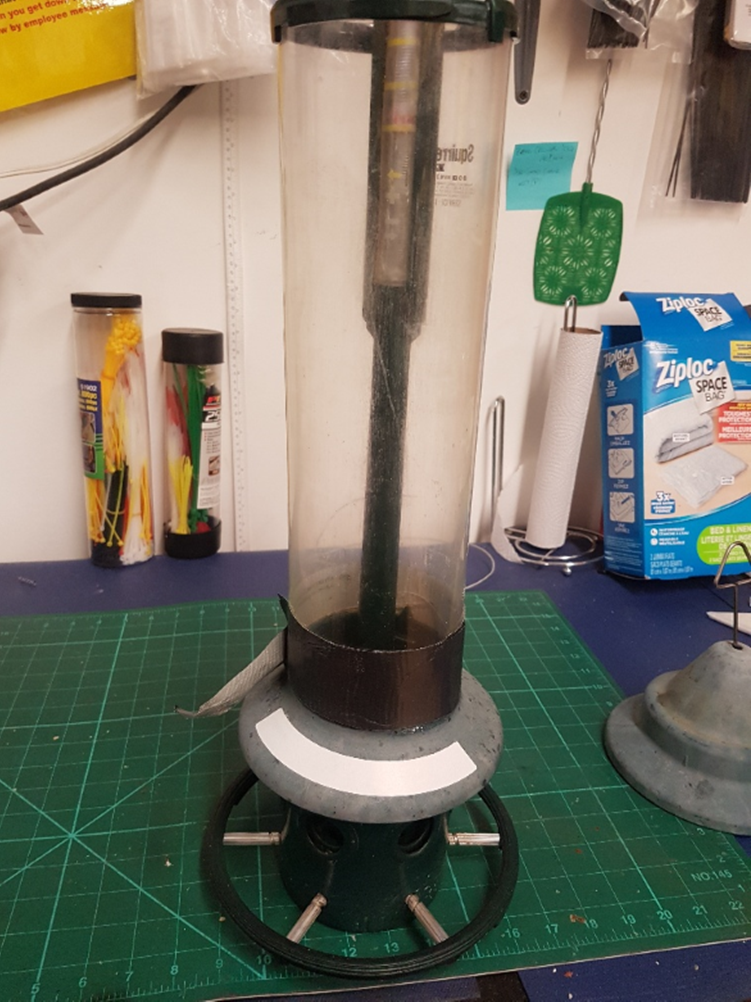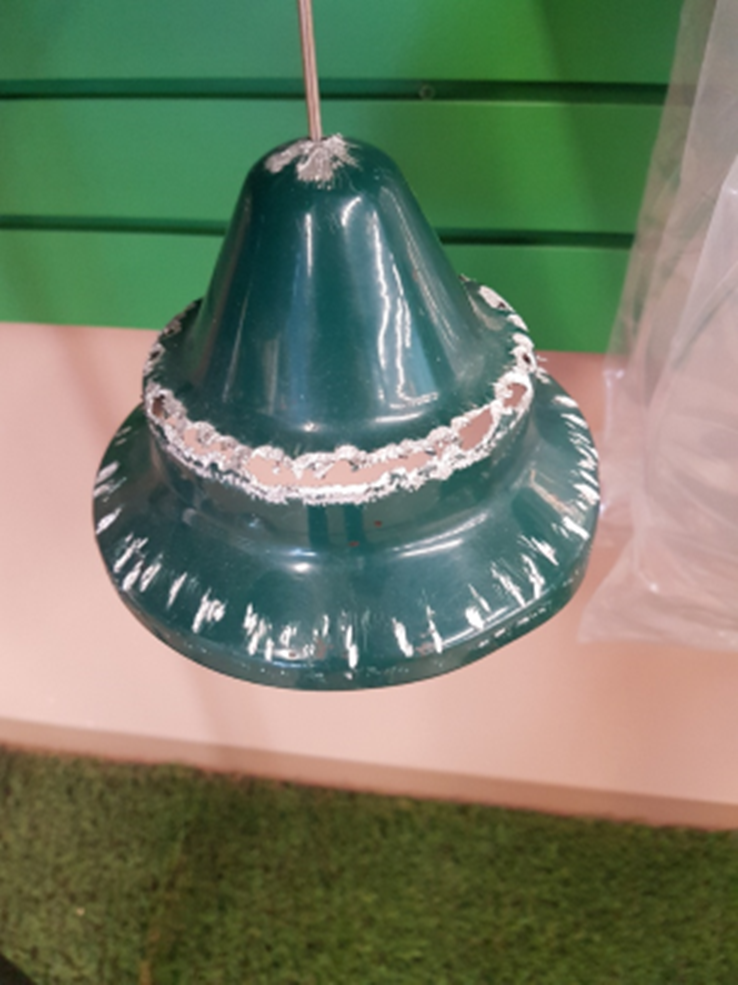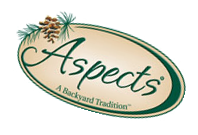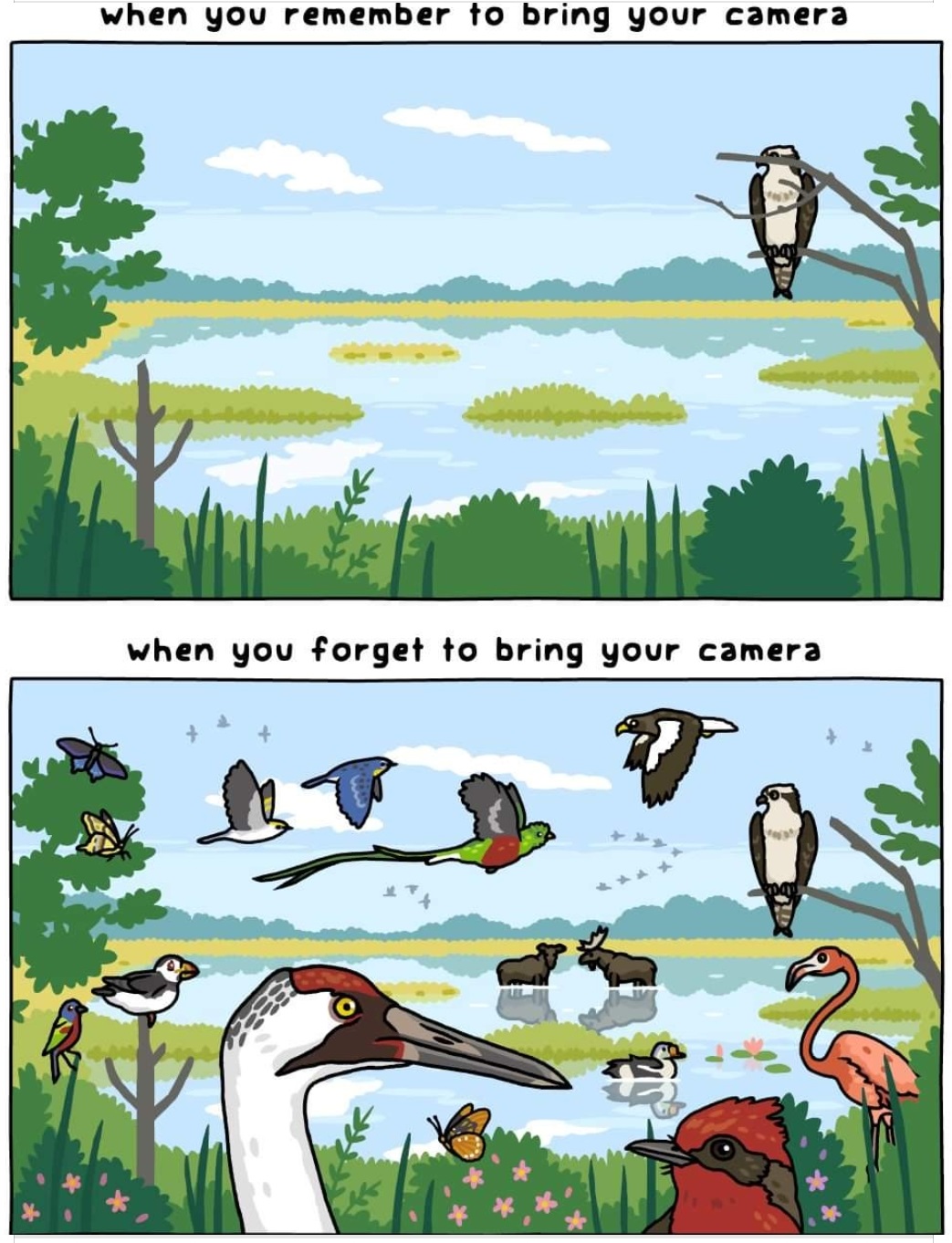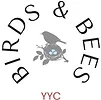LINK TO PDF NEWSLETTER DOWNLOAD

The recent rain and snow has definitely helped the ponds and sloughs around Calgary, so a day of birding was a go! Decided to head east from Calgary towards Strathmore and then north in the hope of seeing lots of our migrating birds. We were not disappointed. Lots of waterfowl in just about every pond with a definite emphasis on Northern shovellers. Surprise was the Ruddy ducks—the males already fighting over the females, but we also saw lots of Red heads, Pintails, Cinammon, Blue and Green Teals, Scaups, Canvas backs, Widgeons, Golden eyes, Buffleheads, Hooded merganser and a single Eared grebe. And that was just the waterfowl. The shorebirds included Avocets, Black-necked stilts, Dowitchers, Yellowlegs (greater and lesser), Marbled godwit.
While it was exciting to see so many waterfowl and shorebirds, the songbirds had also returned including Western meadowlarks (oh how I have missed their joyous songs), Savannah sparrows, Wilson’s snipes and of course Great blue Herons and American white pelicans. But here is the sighting of the day—while stopped by the side of the road near a lake searching for Great blue herons and the rookery, we spotted a flock of Yellow rumped warblers foraging in a bush. Here in Alberta we are so fortunate to have many Warblers some who are just passing through on their way to their breeding grounds further north and those who stay, breed and raise their young right here.
It was an absolutely glorious day of birding as we said goodbye to the Alberta winter. We are so looking forward to sharing our future birding adventures with you all and hope you all get out and enjoy the true gifts of Spring/Summer in Alberta
The American goldfinch breeds late in the year, from July to September, a fact that has puzzled many scientists. Some have suggested that the timing of breeding is linked to the bird’s unusual habit of molting or shedding feathers. The American goldfinch is the only cardueline (relates to the passerine subfamily) finch to acquire its breeding plumage by molt in most finches, the feathers gradually worn down through use, resulting in a changed appearance by the time the breeding season arrives. Scientists suggest that the prolonged molt, which is unusual in a bird of the temperate zone, may be the only way a bird on a protein-poor seed diet can fulfill the energy demands of breeding. Thus, while the greater abundance of seeds in late summer compared to May or June, may be important in ensuring larger supplies of food for the young, completion of molt rather than food availability may determine the timing of the American goldfinch’s breeding.
Two or three pairs group their territories together in a loose colony. This may aid in the sharing of information about food and in defense against predators. Where food and water are plentiful there are more nests.
Before a storm the birds will feed in a frenzied manner at feeders and show a significant gain in weight before and during the storm. This behaviour may increase the American goldfinch’s chance of survival under adverse conditions.
Although some finches use their feet sparingly or not at all to help in feeding, the American goldfinch uses its feet extensively. For example: it will fly to a cluster of seed capsules at the top of an evening primrose and cling to the stalks in such a way that it can delicately extract the seeds. In the spring the American goldfinch on the catkins hanging from birches and alders by pulling them up with its beak and using the toes to clamp them down on the branch. Such dexterity with the foot and bill, combined with low body weight, enables the American goldfinch to take advantage of food sources relatively inaccessible to some potential competitors. The birds will also eat insects, including plant lice and caterpillars, and will root out larvae from galls and fruits.
Initially the adults remove fecal sacs or bodily waste, deposited by the young, but later the young defecate over the rim of the nest, leaving a coating on the outer layer. The young birds grow rapidly, by the time they fledge, or leave the nest, 11 to 15 days after hatching, they are covered with the beginning of the olive-yellow juvenile plumage.
Shortly before leaving the nest they develop a fledging call that sounds like chick-kee or chick-wee. The first bird clambers out of the nest to a nearby branch and tentatively tests its wings on short flight. The others soon follow. The female may begin construction of a new nest for a second brood. The male is responsible for feeding the young birds and finds his charges by listening for the fledging call. Within a month’s time, the young are totally independent and no longer give the call.
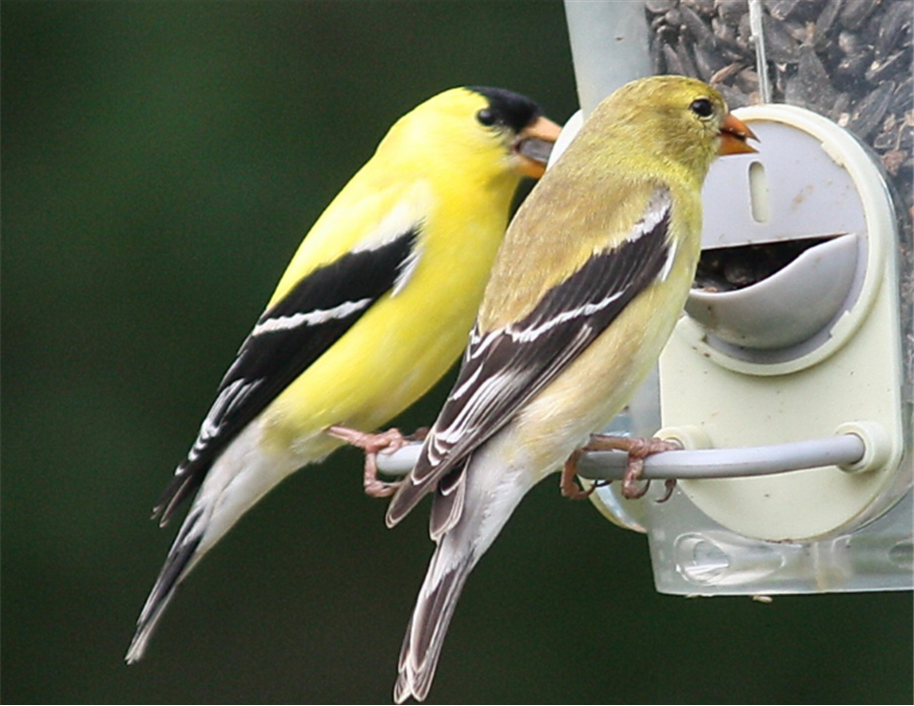
The American Kestrel: Common to scarce
Monday, June 10, 2024 5:30pm to 7:00pm
Tickets $25.00 + GST can be purchased through our website:
www.wildbirdstore.ca
This presentation by Dr. David Bird will provide the latest figures on population trends, assess the various hypotheses, and conclude with a discussion of what can be done and what is being done to stem the decline.
As an Emerritus Professor of Wildlife Biology of McGill University in Montreal, Quebec, Dr. Bird has published close to 200 peer-reviewed scientific papers and supervised 50 graduate students on a wide range of wildlife themes, mostly on birds of prey and in more recent years, the application of UAV’s (drones) to wildlife research and conservation. Until his retirement to Vancouver Island in 2013, he taught several university—level courses, including ornithology, wildlife conservation, animal behavior, and scientific/public communication. He has written and/or edited more than a dozen books, the most recent ones being the third edition of Birds of Canada, the second edition of Pocket Birds of Canada, and The Canada Jay—A National Bird for Canada?
Besides his innumerable public lectures and radio, television and newspaper appearances, Dr. Bird is a regular columnist/contributor on birds for two magazines, Canadian Wildlife and BWD (formerly know as Bird Watcher’s Digest). He is currently heading a national team to establish the Canada Jay as Canada’s national bird.
Tickets have been selling rapidly; don’t be disappointed!
Get your tickets while there is still a limited number available.
Found almost throughout North America and much of South America is this big owl. Aggressive and powerful in its hunting (sometimes known by nicknames such as “tiger owl”), it takes prey as varied as rabbits, hawks, snakes, and even skunks, and will even attack a porcupine, often with fatal results for both prey and predator. Great horned owls begin nesting very early in the north, and their deep hoots may be heard rolling across the forest on mid-winter nights.
Great horned owls are solitary except during nesting and do not migrate. They maintain territories with an average home range of approximately 1.5 square miles. Great horned owls communicate by hooting which is primarily used to establish territory limits. The owls will respond to intruders and threats with bill-clapping, hisses, screams and guttural noises. If the threat escalates they will spread their wings and strike with their feet. Great horned owls are primarily nocturnal, hunting at night but they have been known to hunt during the day especially in the winter months.
For a story and photos of a local Great horned owl family in Calgary, check this out: Postmedia visual journalist Brent Calver has been following the progress of four fledgling Great horned owls at a Calgary park. These images were taken at a respectful distance to avoid disturbing the birds. Their exact location isn’t being disclosed to allow the owl chicks to develop with minimal disruption from curious humans.
Https://calgaryherald.com/news/local-news/great-horned-owl-chicks-learn-to-fly
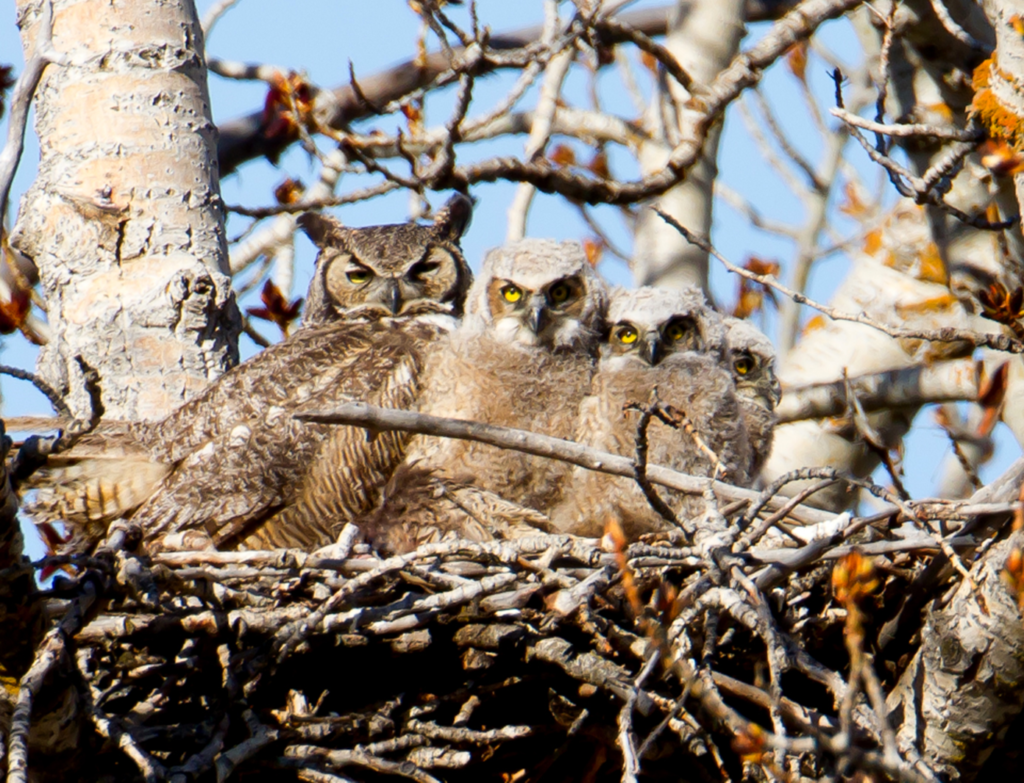

All participants on any bird walk must have purchased a ticket through our website – www.wildbirdstore.ca and present the ticket to Jim prior to the bird walk. The weather plays a big part in bird walks and Jim reminds participants to dress anticipating weather changes and to carry water to keep hydrated.
Tickets for any of Jim St. Laurent’s Saturday morning bird walks can be purchased on the Wild Bird Store website: www.wildbirdstore.ca/events/
Then search the month for the walk.
Saturday, June 8, 2024 Weed Lake area (near Langdon) Day Trip
9:00am Leaving from Wild Bird Store rear parking lot.
Saturday June 22, 2024 Lafarge Meadows FCP
From boat launch parking lot at south end of Bow Bottom Trail.

We offer a discount if you return your 20 LB or 40 LB seed bags so that we can re-use them (sorry—not the Mother Nature bags which we cannot re-use), suet ball containers, or if you bring your own container or bag to fill . This discount is in addition to any other discount offered.
Question:
When I watch videos of thousands of penguins huddled together in a flock, I cannot help wondering whether penguins are able to identify one another as individuals. Can they do so?
Response:
When we see a bunch of penguins at an aquarium or zoo or even in a film, they generally look a lot alike to us. But we might need to take a closer look, according to some recent research by a team of psychologists and animal behaviourists from two universities and a marine park. They describe a fairly simple experiment in the prestigious scientific journal, Animal Behaviour, wherein they have concluded that African penguins, at least, use the unique assortment of black dots that adorn their chests as a means of telling one another apart. African penguins live on the shores of southern Africa and are apparently very social with one another, making them ideal specimens to study. A marine park in Italy has a captive population of the birds, and the workers there claim to recognize individual birds by those spot patterns on the birds’ chests. That team of scientists devised a simple experiment to determine whether the penguins used the same technique to identify one another. They built a small enclosure with plywood walls, just tall enough to prevent a penguin from seeing over. They installed cameras on either end of the enclosure along with life-size pictures of two penguins pinned up on one far wall. They then enticed a single penguin to enter the compound with one of the two pictures featuring their own mate and another of a stranger. They next repeated the exercise putting up two pictures of its mate but one with the chest dots removed. Finally, they put up two pictures, one of its male and the other of a stranger but both with their dots removed. In the first wo cases, the test penguin stared significantly more at the pictures of birds bearing its mate’s chest pattern but could not decide anything when the chest dots were removed from both pictures. However, I cannot wonder what features are used by penguin species without any dot patterns on their chests.
David M. Bird, Ph.D., Emeritus Professor of Wildlife Biology, McGill University www.askprofessorbird.com

David M. Bird is Emeritus Professor of Wildlife Biology and the former Director of the Avian Science and Conservation Centre at McGill University. As a past-president of the Society of Canadian Ornithologists, a former board member with Birds Canada, a Fellow of both the American Ornithological Society and the International Ornithological Union, he has received several awards for his conservation and public education efforts. Dr. Bird is a regular columnist on birds for Bird Watcher’s Digest and Canadian Wildlife magazines and is the author of several books and over 200 peer-reviewed scientific publications. He is the consultant editor for multiple editions of DK Canada’s Birds of Canada, Birds of Eastern Canada, Birds of Western Canada, and Pocket Birds of Canada. To know more about him, visit www.askprofessorbird.com or email david.bird@mcgill.ca.
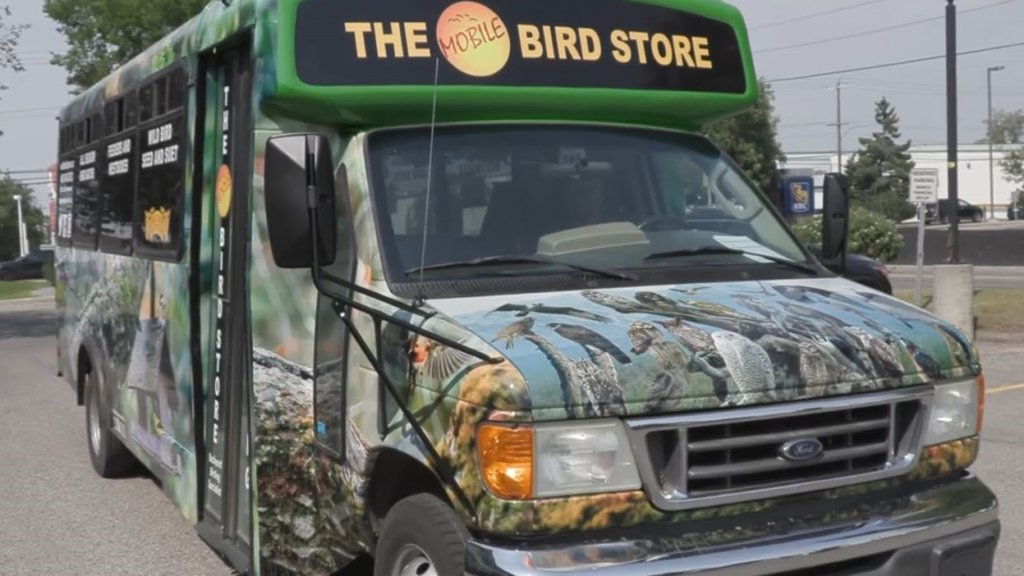

Wildwood Community Centre (4411 Spruce Drive SW): Every Tuesday 3:00pm to 6:00pm
Crowfoot Arena (corner of John Laurie & Nosehill Drive NW: Every Wednesday 2:00pm to 5:30pm
Please place orders by 12:00 noon the day before the truck is on location
Text us @ (403)701-4571 OR email us at orders@wildbirdstore.ca
Earn and redeem customer loyalty points on the Mobile Seed Truck

DELIVERY: Deliveries will still be made on Thursdays ONLY. Please phone the store at (403) 640-2632 any day prior to 12:00 noon on the Wednesday before your delivery; place and pay for your delivery. Please phone with your order as early as possible to avoid disappointment. If you have any special instructions please do not forget to inform us when you place your order.
PLEASE NOTE: STARTING IN MAY WE WILL BE GOING TO EVERY TWO WEEK DELIVERY. JUNE 13 and 27
THE DELIVERY CHARGE WILL BE $10
MINIMUM ORDER FOR DELIVERY $25.
Do you need help attracting birds to your backyard?
Do you want advise on designing a backyard habitat for your feathered/winged friends?
Do you have a problem in your backyard we can help solve?
The Wild Bird Store in partnership with Andrew Barnes, now providing at home wild bird consulting service.
Specializing in helping you and your property become Wild Bird friendly for maximum results.
Services offered will include:
Bird feeder(s) recommendations for species focus and seed types
· Type(s) of seed and for which species it will be best suited
· Preferred location for maximum results
· Bird feeder accessories
· Hummingbird feeders and accessories
Nesting
· Nest box selection for native species—including all cavity nesting and platform species for Alberta
· Preferred location for nest boxes
· Maintenance tips
· Advice on how to deter invasive species (House sparrows and European starlings)
Watering needs
· Bird baths
· Heaters and heated baths
· Accessories including drippers and bubblers
· Location dos and don’ts
· Maintenance tips
Bat Houses/Chambers
· Location requirements
· Housing styles—including single vs multiple chambers
After each visit all discussion points and recommendations will be provided along with a 10% OFF coupon to be used at the Wild Bird Store on your next purchase.
PLEASE NOTE: 10% coupon is only valid for a one-time purchase and must be presented at time of purchase. In-store ONLY. ( All Discount restrictions apply)
For further information, pricing and scheduling, please contact
Andrew Barnes cell # (403) 923-8121 (call or text)
Email: birdsbeesyyc@gmail.com
Have you checked out the Merlin app? Would you like a demonstration on how they will help you to identify birds? Stop by The Wild Bird Store during regular business hours and staff will be happy to show you how the app will enable you to identify birds in various ways.
Identify Bird Songs and Calls
Identify Birds by your Photos
Save Birds to Your Life List
Explore lists of birds near your location
DONATIONS
Located at The Wild Bird Store (near the seed bins). We collect your cash as well as “wishlist” donations and arrange to deliver them to local wildlife organizations including Calgary Wildlife Rehabilitation, Alberta Institute of Conservation and Ellis Bird Farm.
We ask for your support quarterly for each of these organizations.
For June, July and August, 2024 your donations will go to:
Alberta Institute for Wildlife Conservation
Thank you for your support
The Wild Bird Store offers the “Book Nook” as a gathering place for your next meeting. The room is for rent for $50.00 +GST which includes the set up of the chairs, video equipment is available and coffee, tea and water are available.
Please contact info@wildbirdstore.ca for more information or to reserve your spot.
Options for shopping at the Wild Bird Store
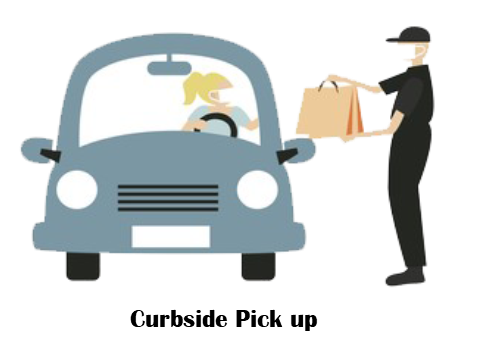
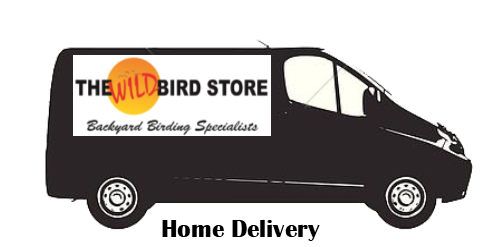
PLEASE NOTE: STARTING IN MAY WE WILL BE GOING TO EVERY TWO WEEK DELIVERY.
JUNE 13 and 27
THE DELIVERY CHARGE WILL BE $10. MINIMUM $25 ORDER FOR DELIVERY.
We deliver every week on Thursdays.
Store hours are:
10:00am to 5:00pm Monday through Saturday
We offer a discount if you return your 20 LB or 40 LB seed bags so that we can re-use them (sorry—not the Mother Nature bags which we cannot re-use), suet ball containers, or if you bring your own container or bag to fill . This discount is in addition to any other discount offered.
Write a Google review on your experience at The Wild Bird Store, and as a thank you, we will give you 100 customer loyalty points ($5.00 value). To get a promo code, kindly email info@wildbirdstore.ca
(one Google review per customer)
Earn 200 customer loyalty points ($10.00 value) by referring a friend, acquaintance or fellow birder.
Please visit the store to get a promo code.
Combining our Seniors 10% discount with the Loyalty Program. (Excludes “sales” items, books & optics).
Discount for membership 10% discount for members of Fish Creek Park, AIWC, Priddis Golf Club, Nature Calgary, Sandy Cross Conservation, Springbank Garden Club and Millarville Horticultural Society. Must present valid membership card at time of purchase.
Discount for Military Members & Veterans 10% discount on
purchases in-store or on Mobile Seed Truck (sorry—excludes “sales”
items, books, optics and consignment items)
Does your Aspects or Squirrel Buster feeder need some replacement parts?

5901 3rd Street S.E.,
Calgary, AB T2H 1K3
email: info@wildbirdstore.ca
(403) 640 2632
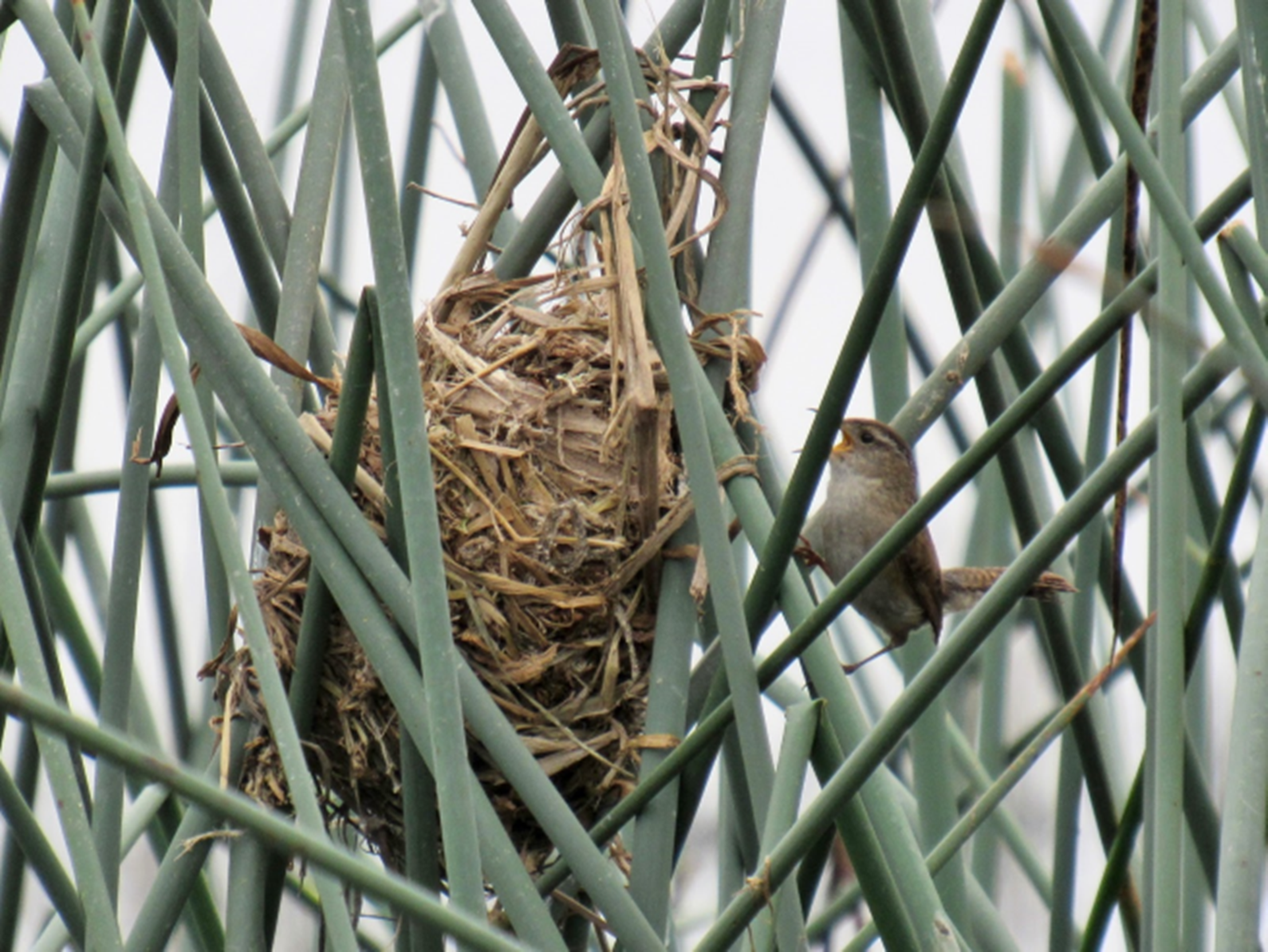
The Store is open Tuesday through Saturday 10:00am to 5:00pm
We are CLOSED Sundays, and ALL Statutory holidays for Faith, Family and Friends.
We still offer curbside pickup every day we are open and delivery service on Thursdays.
FOLLOW US ON:
Facebook @thewildbirdstoreyyc
Twitter @wildbirdstoreyyc
Go to YouTube, type in the search bar “The Wild Bird Store” to watch our videos and to help us become more visible . Be sure to click on “Subscribe” before you leave the page.
